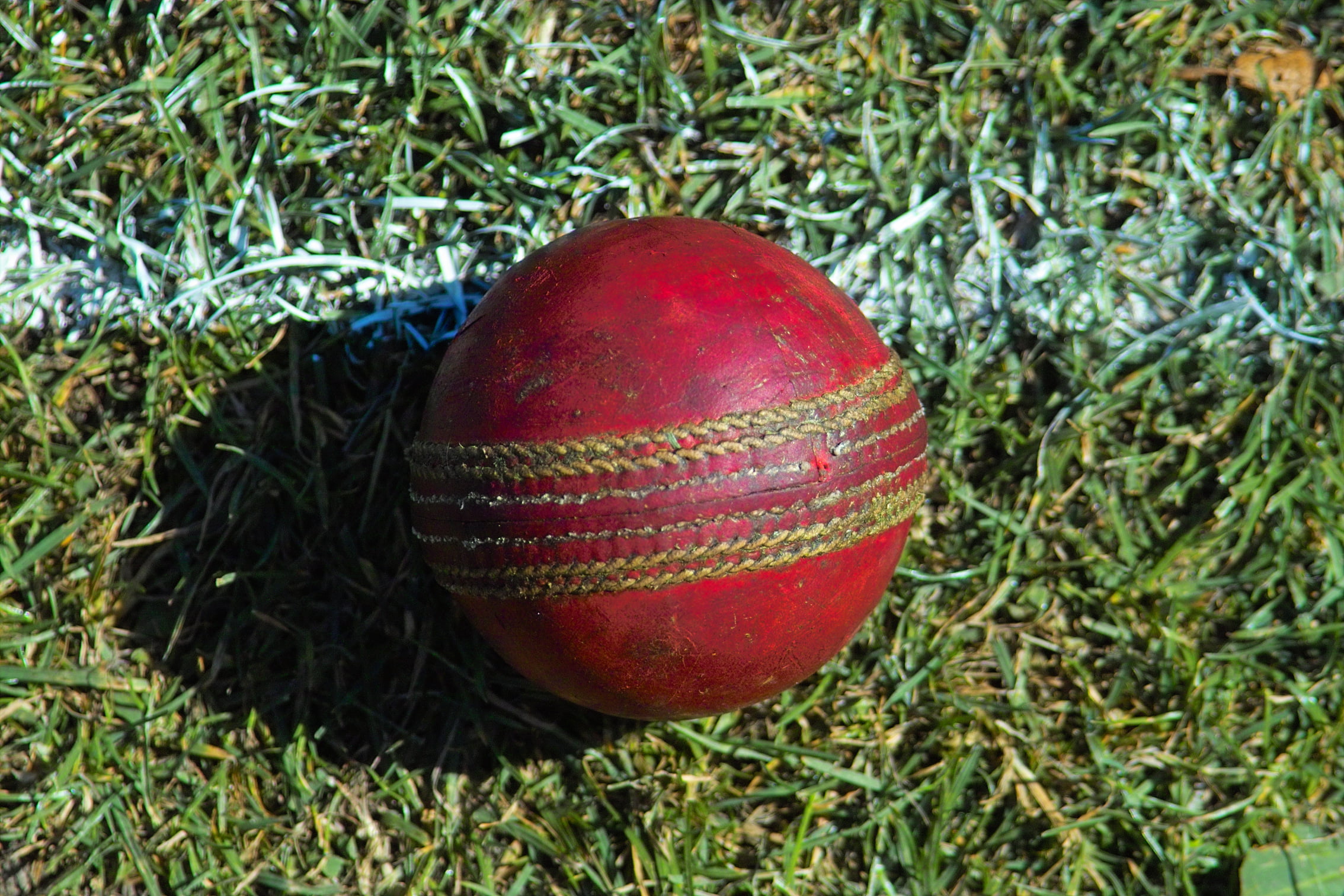Cricket as a sport is technical when it comes to a batsman going back to the pavilion or getting out. Many of us are not aware of the unconventional ways in which a batsman can be adjudged out, thanks to the Marylebone Cricket Club (MCC). They’re the highest authority that governs the laws of the game.
While it might be a blessing in disguise for the fielding side, it can be a nightmare for the batting side; when it comes to a batsman walking back to the pavilion and the scoreboard showing a fall of a wicket.
We are aware of the conventional ways of getting out like bowled, catch out, stump, run out, etc. Let us look into the unconventional ways of getting out. The reason it’s unconventional is because you do not often see the batsman getting out in such a manner.
#5. Hit Wicket
While facing a delivery if a batsman unknowingly or knowingly touches the stumps by his bat or his body and the bails go off then it is termed as a hit wicket. This is only when the bowler bowls a ball and the batsman tries to hit it or while taking the first run.
It is given out even if any of his cricket equipment dislodges the ball during facing a delivery. This law does not apply when the batsman tries to avoid a direct throw at the wicket by any fielder.
#4. Obstructing the field
Obstructing the field relates to when the batsman wilfully by his action obstructs the side which is fielding and is given out in the process. This is done deliberately by the batsman. The new laws enacted in 2017 has brought handling the ball under the purview of obstructing the field.
#3. Hitting the ball twice
The batsman is given out if he hits the ball twice. Though it is a rare scenario, the law states that if a batsman hits it the second time then he is out.
The first shot or hit is considered to be legal. But the one taken after that is considered to be illegal. This is done intentionally to prevent the ball from either hitting his stumps or reaching the fielder.
#2. Timed Out
The incoming batsman is given a stipulated time after a fall of a wicket. Within the time he/she needs to be on the field. It is usually three minutes after the fall of the wicket and in T20s it is one and a half minute.
During this time frame if the batsman is not on the ground the umpire may give the batsman out if the opposition appeals for the same. It does not matter if the incoming batsman is the one who is going to face the ball or is at the non-striker’s end.
#1. Retired
If the batsman willingly decides to walk back to the pavilion owing to an injury or some unavoidable circumstances with the intention of not coming onto bat again then he is given retired out.
The batsman has the option of coming back again to bat but if he does not then he is given out. It is a legitimate way for a batsman to put an end to his innings. This kind of out is usually seen during the practice or warm-up matches.





0 Comments